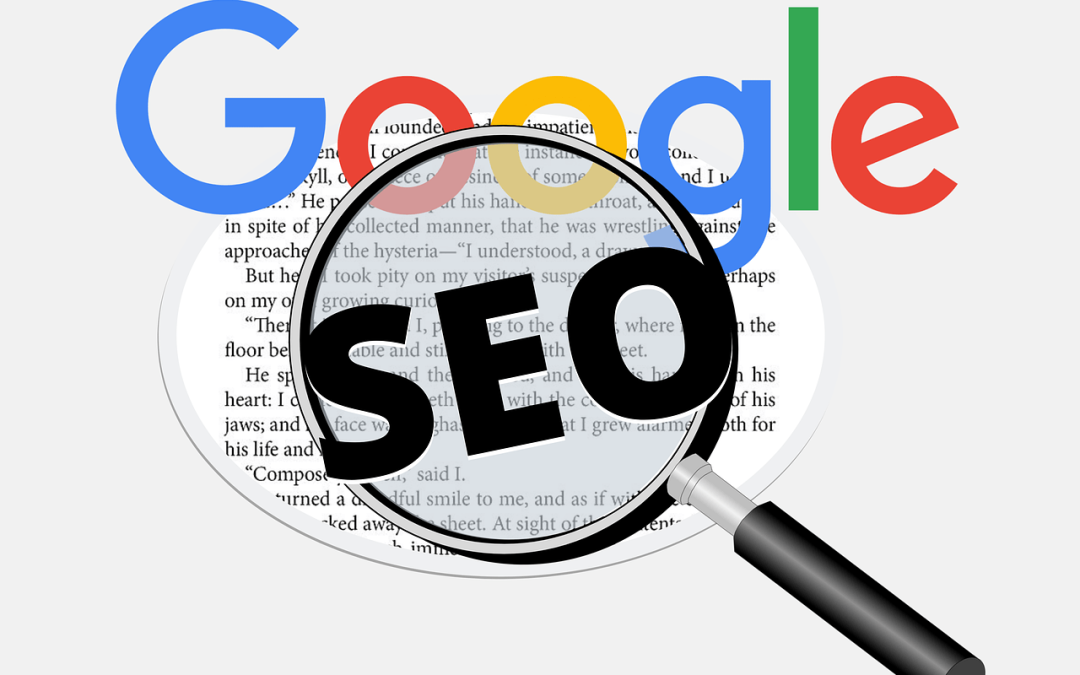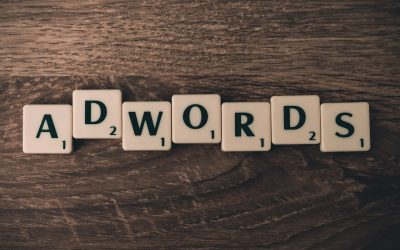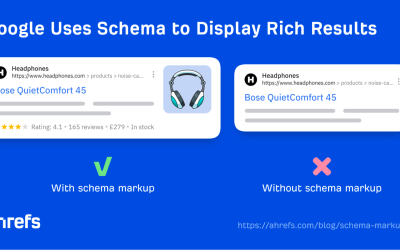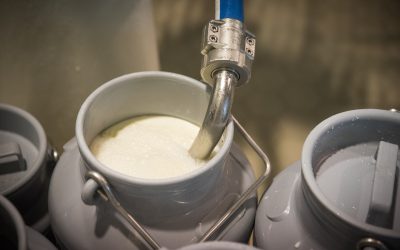Table of Contents
So, you’ve heard the term “on-page SEO” floating around, but you’re not quite sure what it means or why it’s important. Well, in a nutshell, on-page SEO refers to the optimization techniques you can implement directly on your website to improve its search engine rankings.
This could involve tweaking your website’s content, meta tags, URL structure, and much more. In this article, we’ll dive into the world of on-page SEO and explore why it’s crucial for your website’s visibility online. On-page SEO, also known as on-site SEO, refers to the practice of optimizing individual web pages to improve their search engine rankings and attract organic traffic.
This process involves various techniques and strategies aimed at optimizing different elements within a web page, such as content, meta tags, headers, URLs, and images.
By implementing on-page SEO techniques, you can enhance your website’s visibility, improve user experience, and increase your chances of ranking higher in search engine results pages (SERPs).
The importance of on-page SEO cannot be overstated. It plays a crucial role in determining the success of your website and its ability to attract organic traffic. Here are some key reasons why on-page SEO is vital for your online presence:
- Improves organic search ranking: One of the primary objectives of on-page SEO is to improve your website’s visibility in organic search results. By optimizing your web pages for relevant keywords, search engines are more likely to rank your site higher, making it easier for users to find and visit your website.
- Increases website visibility: With effective on-page SEO techniques, your website is more likely to appear prominently in search engine results. This increased visibility can lead to higher click-through rates and more organic traffic to your site.
- Improves user experience: On-page SEO focuses on enhancing the user experience by optimizing various elements on your web pages. By improving usability, readability, and overall user satisfaction, you can keep visitors engaged and encourage them to spend more time on your site.
- Boosts website loading speed: On-page SEO involves optimizing the technical aspects of your website, including its loading speed. A fast-loading website not only improves the user experience but also signals to search engines that your site is reliable and provides a positive user experience.
- Enhances content quality and relevance: On-page SEO requires you to create high-quality, relevant, and informative content. By optimizing your content for target keywords and providing valuable information, you can attract more organic traffic and position yourself as an authoritative source in your industry.
Now that we understand the importance of on-page SEO, let’s explore some of the key optimization techniques you can implement to maximize its benefits.
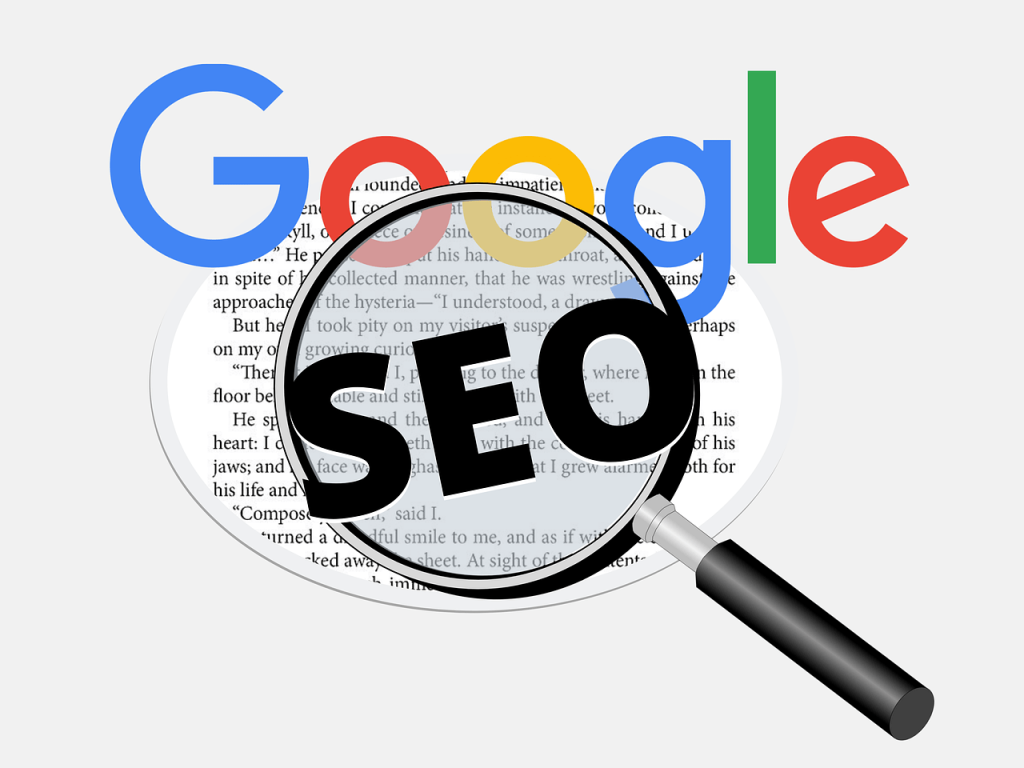
Keyword Research and Optimization
Keyword research is a fundamental aspect of on-page SEO. It involves identifying the keywords and phrases that your target audience is using to search for information related to your industry or business. By conducting thorough keyword research and optimizing your web pages accordingly, you can increase your chances of ranking higher in search engine results.
To find relevant keywords, put yourself in the shoes of your target audience and think about the search terms they would use. Additionally, you can use various keyword research tools like Google Keyword Planner, SEMrush, or Ahrefs to discover popular and relevant keywords for your industry.
Once you have identified your target keywords, it’s essential to incorporate them naturally throughout your web page. However, it’s important to avoid keyword stuffing, which is the excessive and unnatural use of keywords in an attempt to manipulate search engine rankings. Instead, focus on creating high-quality, valuable content that naturally incorporates your target keywords in a way that enhances the user experience.
Optimizing Meta Tags
Meta tags are HTML tags that provide information about a web page to search engines and website visitors. When it comes to on-page SEO, optimizing meta tags is crucial for improving your website’s visibility in search engine results.
The two most important meta tags are the meta title and meta description. The meta title appears as the clickable headline in search engine results and should be written in a compelling and captivating manner to attract users. It’s important to include relevant keywords in your meta title to improve its relevance to search queries.
Similarly, the meta description is a brief summary of the web page’s content that appears below the meta title in search engine results. Using relevant keywords and creating a clear and concise description can entice users to click on your web page.
It is important to ensure that each of your web pages has unique meta tags that accurately represent the content of the page. Additionally, optimizing the length of your meta tags (usually within the recommended character limits) can prevent them from being truncated in search engine results.
URL Structure Optimization
Optimizing your website’s URL structure is another crucial on-page SEO technique. A clear and concise URL structure not only makes it easier for users to understand and navigate your site but also helps search engines understand the relevance of your web page to specific search queries.
When creating URLs for your web pages, it’s important to make them descriptive and include relevant keywords. For example, instead of using a generic URL like “yourwebsite.com/page123,” a more optimized URL structure would be “yourwebsite.com/product-category/product-name,” containing keywords that accurately describe the page’s content.
Using hyphens to separate words in your URLs is also recommended as it improves readability and helps search engines interpret the structure more effectively. Additionally, it’s a good practice to avoid using excessive parameters and random characters in your URLs, as they can confuse both users and search engines.
Optimizing Header Tags
Header tags (H1, H2, H3, etc.) are HTML tags that indicate the hierarchical structure of your content. By optimizing header tags, you can enhance the readability and organization of your web page’s content, as well as provide cues to search engines about the importance and relevance of different sections.
Using appropriate header tag hierarchy is important. The H1 tag should generally be reserved for the main heading of the page, while subsequent header tags (H2, H3, etc.) should be used to structure the subheadings and sub-sections. Incorporating target keywords in your headers can help improve the page’s relevance to relevant search queries.
It’s also crucial to provide descriptive and concise headers that accurately represent the content of the section that follows. Using header tags effectively can make your content easier to skim and navigate, enhancing the overall user experience.

Using Appropriate Title Tags
Title tags, also known as title elements, are HTML tags that define the title of a web page. While similar to meta titles, title tags specifically refer to the title displayed in the browser’s title bar or tab. Optimizing title tags is critical for both search engine optimization and user experience.
Creating unique and captivating title tags is important to attract users and encourage them to click on your web page in search engine results. Incorporating relevant keywords in your title tags can improve their relevance to search queries and increase the chances of ranking higher.
It’s essential to use titles that accurately represent the content of the page and provide a clear indication of what users can expect. Additionally, optimizing the length of your title tags can prevent them from being cut off in search engine results, ensuring that they are fully visible to users.
Optimizing Images and Multimedia
Images and multimedia play a significant role in enhancing the visual appeal and engagement of your web pages. However, they can also impact your website’s loading speed if not optimized properly. By following on-page SEO techniques for optimizing images and multimedia, you can ensure a seamless user experience while boosting your search engine rankings.
Compressing image files is essential to reduce their file size without compromising quality. This leads to faster loading times, a crucial factor in user satisfaction and search engine rankings. Additionally, using descriptive filenames and alt tags helps search engines understand the content and relevance of your images.
Optimizing image sizes and dimensions is also important to ensure that images are displayed appropriately on different devices. Responsive design plays a vital role in mobile optimization and helps ensure that your images and multimedia content are rendered correctly on all screen sizes.
Including relevant keywords in image attributes such as alt text and captions can improve the relevance of your web page to relevant search queries. This can indirectly benefit your search engine rankings and organic traffic.
Creating High-Quality and Relevant Content
High-quality and relevant content is a cornerstone of on-page SEO. By creating valuable and informative content that meets the needs of your target audience, you can establish your credibility, attract more organic traffic, and encourage users to spend more time on your site.
When optimizing content, it’s important to focus on creating comprehensive, well-written, and original articles, blog posts, or product descriptions. Conducting thorough research and providing accurate information can position you as an authoritative source and enhance your reputation in your industry.
Additionally, incorporating target keywords naturally throughout your content can improve its visibility in search engine results. However, it’s essential to strike a balance and avoid keyword stuffing, as this can negatively impact the user experience and your search engine rankings.
Internal Linking
Internal linking refers to the practice of linking different pages within your website to provide easy navigation for users and help search engines understand the structure and relevance of your content. By strategically linking pages together, you can distribute link authority and improve the visibility of different web pages.
When implementing internal links, it’s important to use anchor text that accurately describes the content of the page being linked to. By using descriptive and relevant anchor text, you can provide additional context and help search engines understand the topic being referenced.
It’s also recommended to prioritize linking to pages that are closely related to the topic at hand. This helps create a logical flow of information for users and enhances the overall user experience.
User-Friendly Website Design
A user-friendly website design is crucial for both user experience and on-page SEO. By ensuring that your website is easy to navigate, visually appealing, and responsive on different devices, you can keep users engaged and encourage them to explore more of your content.
When designing your website, it’s important to consider factors such as clear and intuitive navigation menus, organized site structure, and quick access to important information. Providing a logical and user-friendly layout helps visitors find the information they are looking for and reduces the likelihood of them bouncing off your site.
Additionally, using readable fonts, appropriate color schemes, and visually appealing design elements can enhance the overall user experience, making your website more enjoyable to browse.
Mobile Optimization
Mobile optimization is no longer optional in today’s digital landscape. With an increasing number of users accessing the internet on mobile devices, it’s crucial to ensure that your website is responsive and optimized for mobile viewing.
Utilizing responsive design is one of the most effective ways to optimize your website for mobile devices. This ensures that your site automatically adjusts its layout and content to fit various screen sizes, providing a seamless experience for users across all devices.
In addition to responsive design, optimizing mobile loading speed is essential. Mobile users typically have slower internet connections, so it’s crucial to minimize loading times by compressing images and optimizing code.
Using mobile-friendly navigation and buttons is also important to enhance the user experience on mobile devices. Ensure that your menus are easy to access and navigate with a touch screen, and that buttons and links are appropriately sized for mobile use.
Finally, optimizing your content for mobile devices is vital. This involves ensuring that text is easily readable, images are appropriately sized, and multimedia elements are properly displayed on mobile screens.
In conclusion, on-page SEO is a critical practice that can significantly impact your website’s visibility, user experience, and organic search rankings. By implementing various optimization techniques such as keyword research, meta tag optimization, URL structure optimization, and mobile optimization, you can position your website for success in the digital landscape. Remember to focus on creating high-quality and relevant content and providing a user-friendly website design to attract and engage your target audience. With a comprehensive on-page SEO strategy in place, you can improve your website’s performance and drive organic traffic to achieve your online goals.

